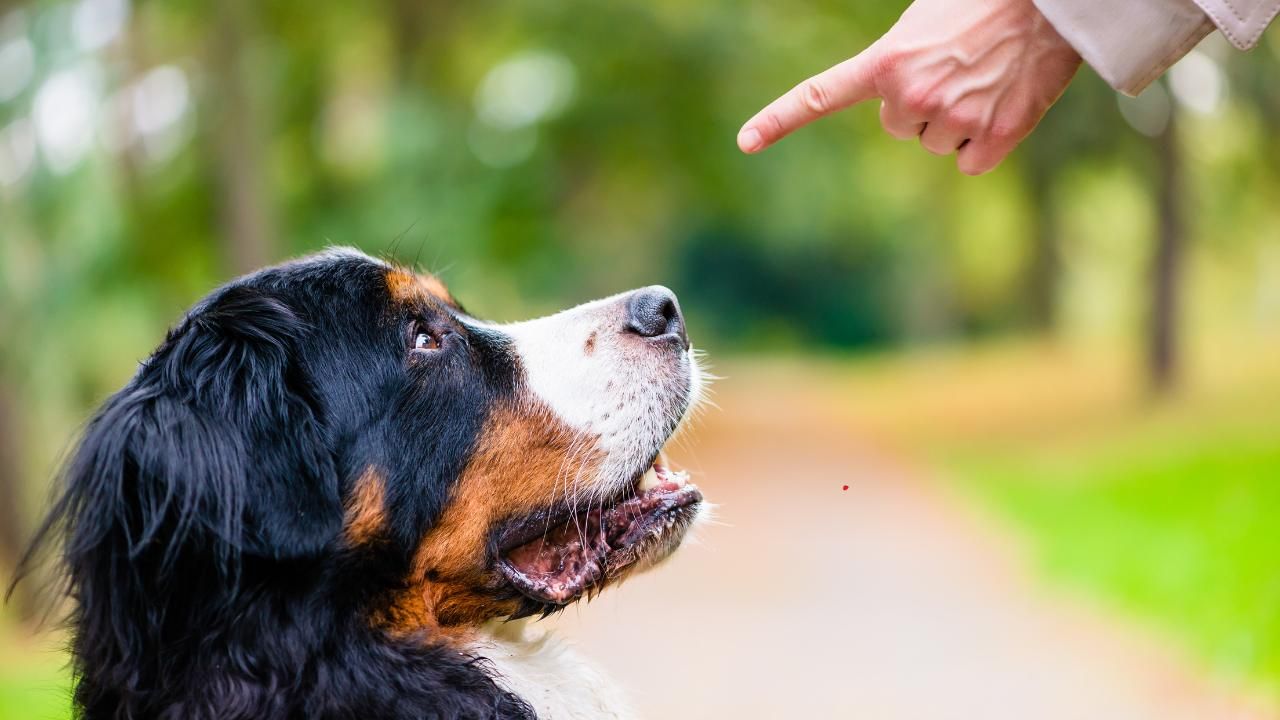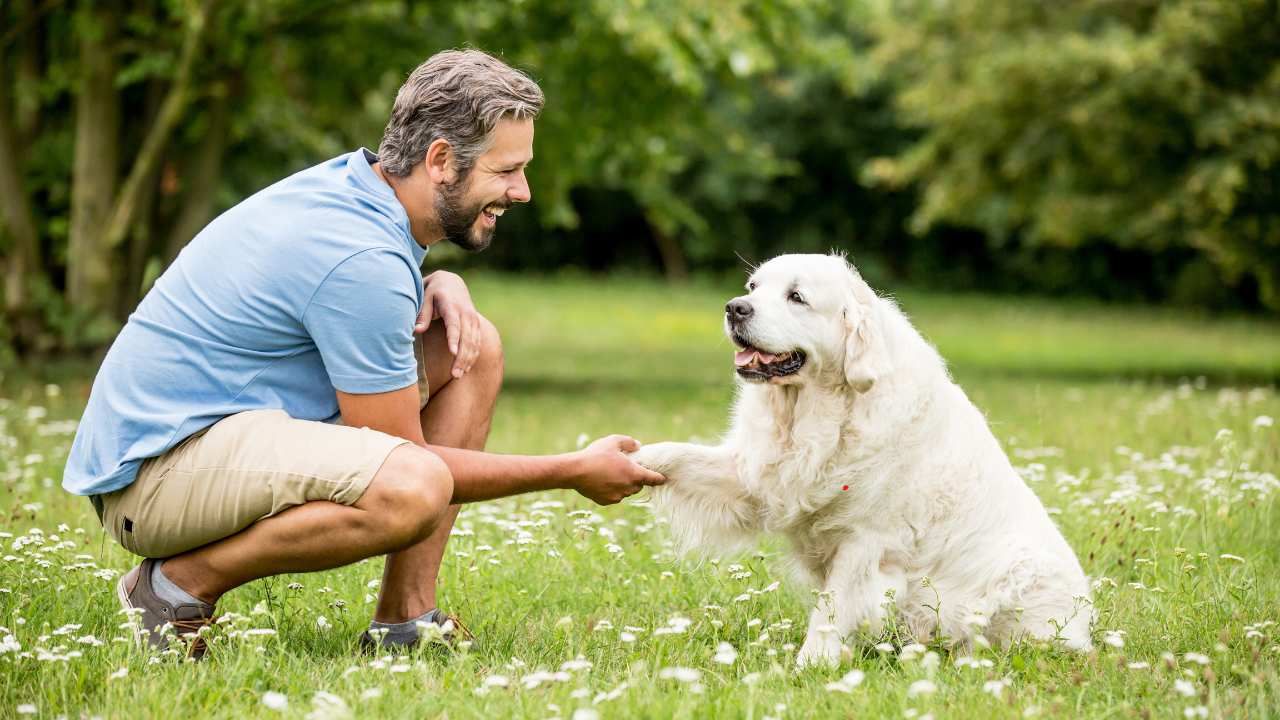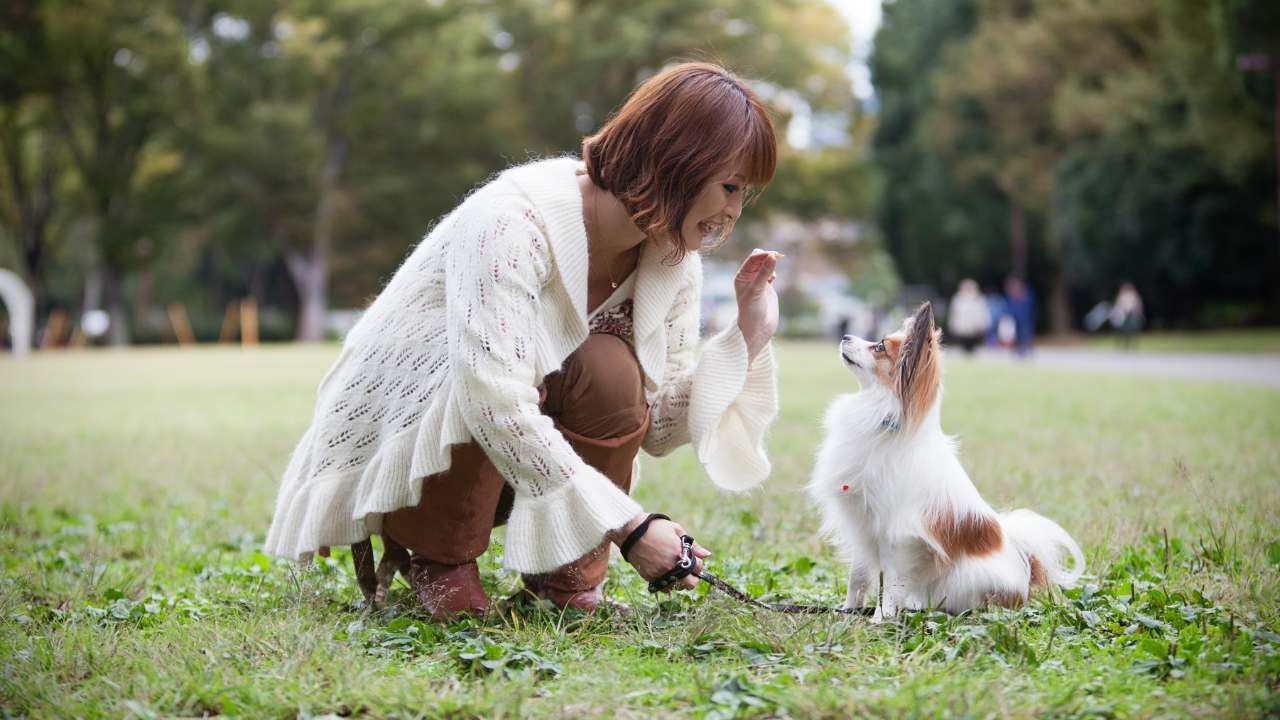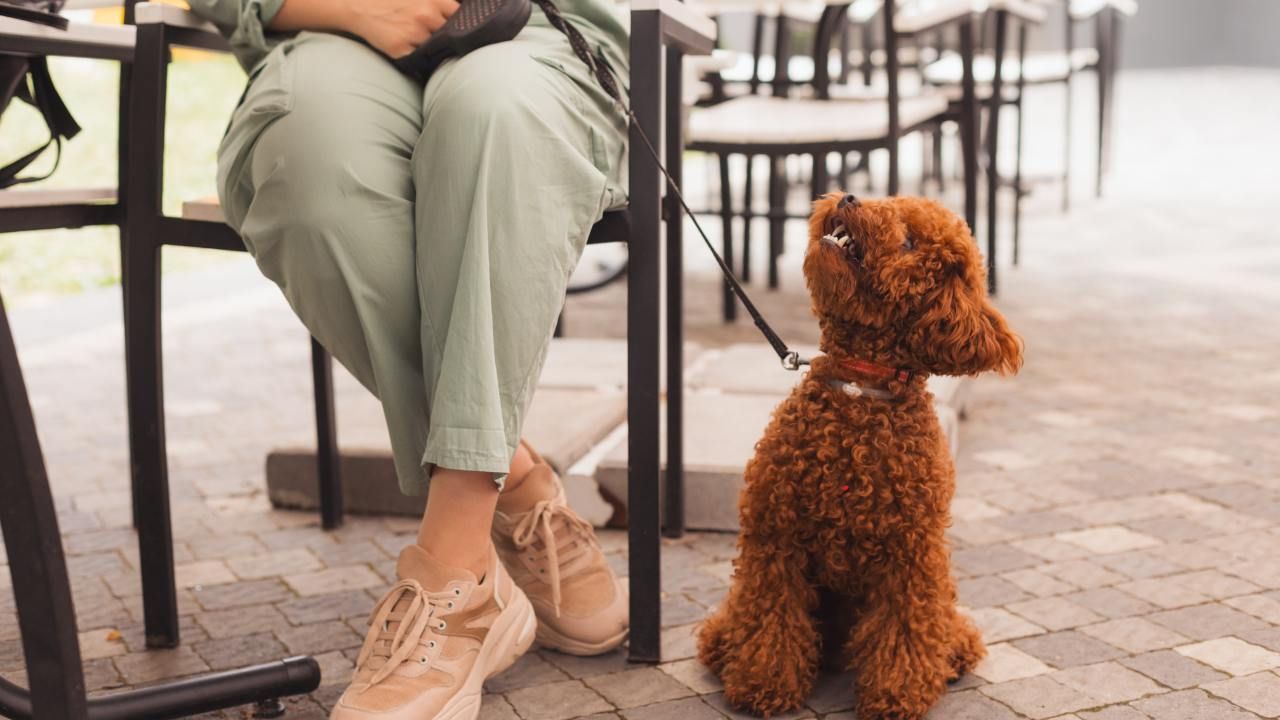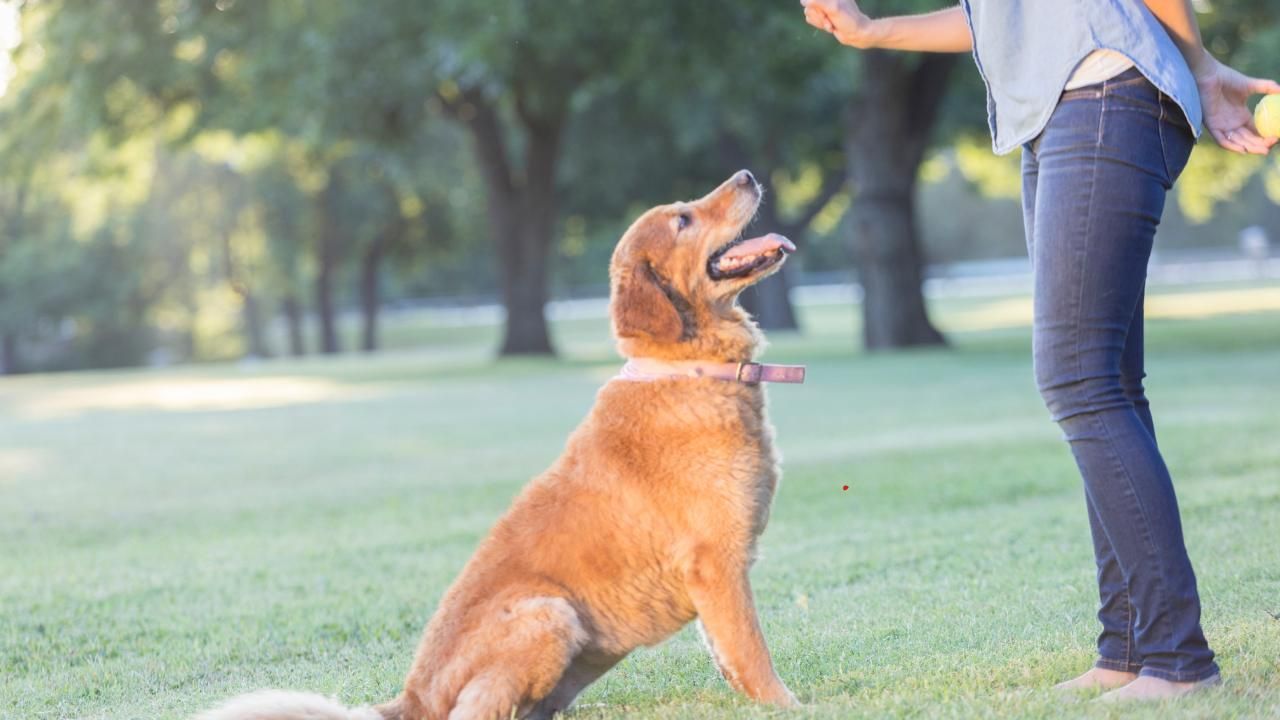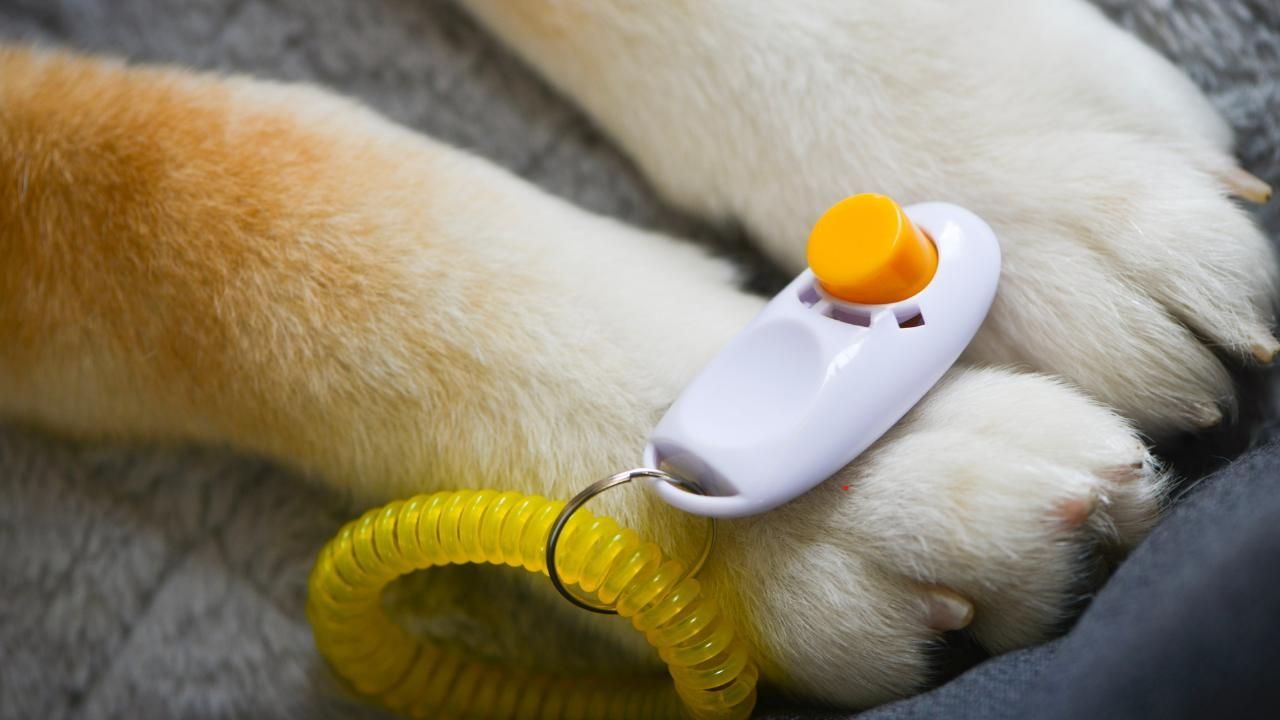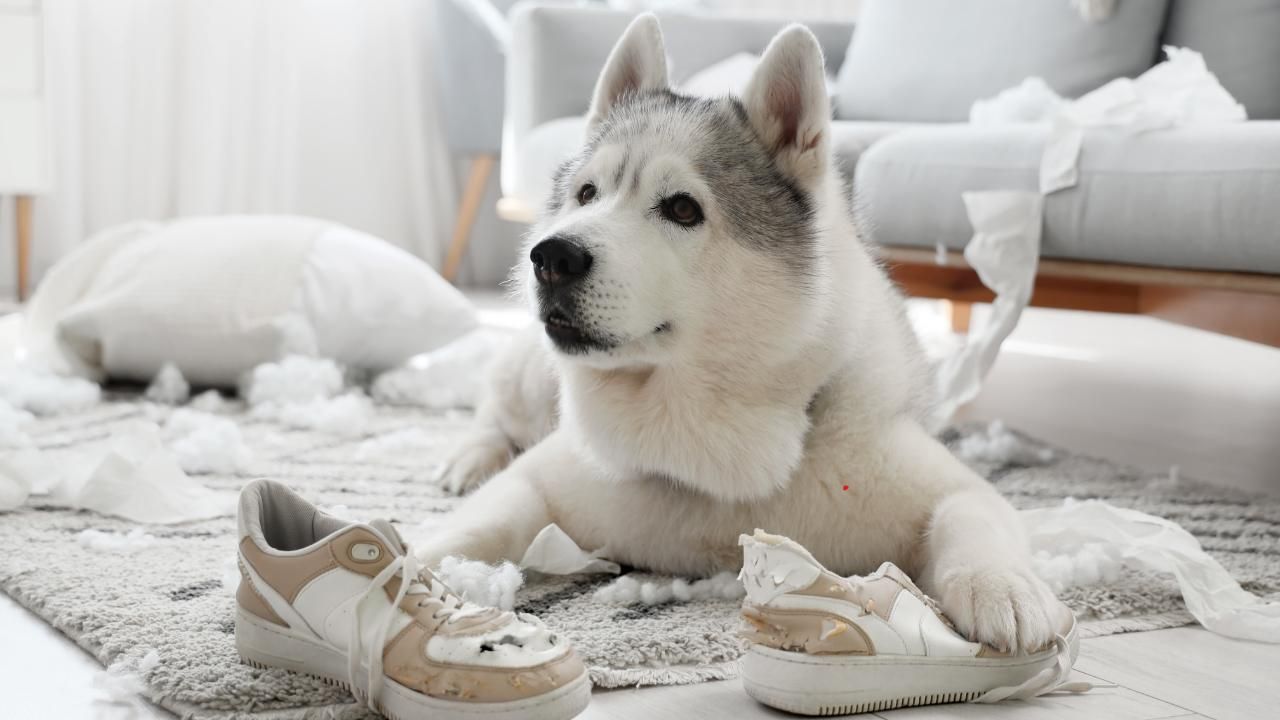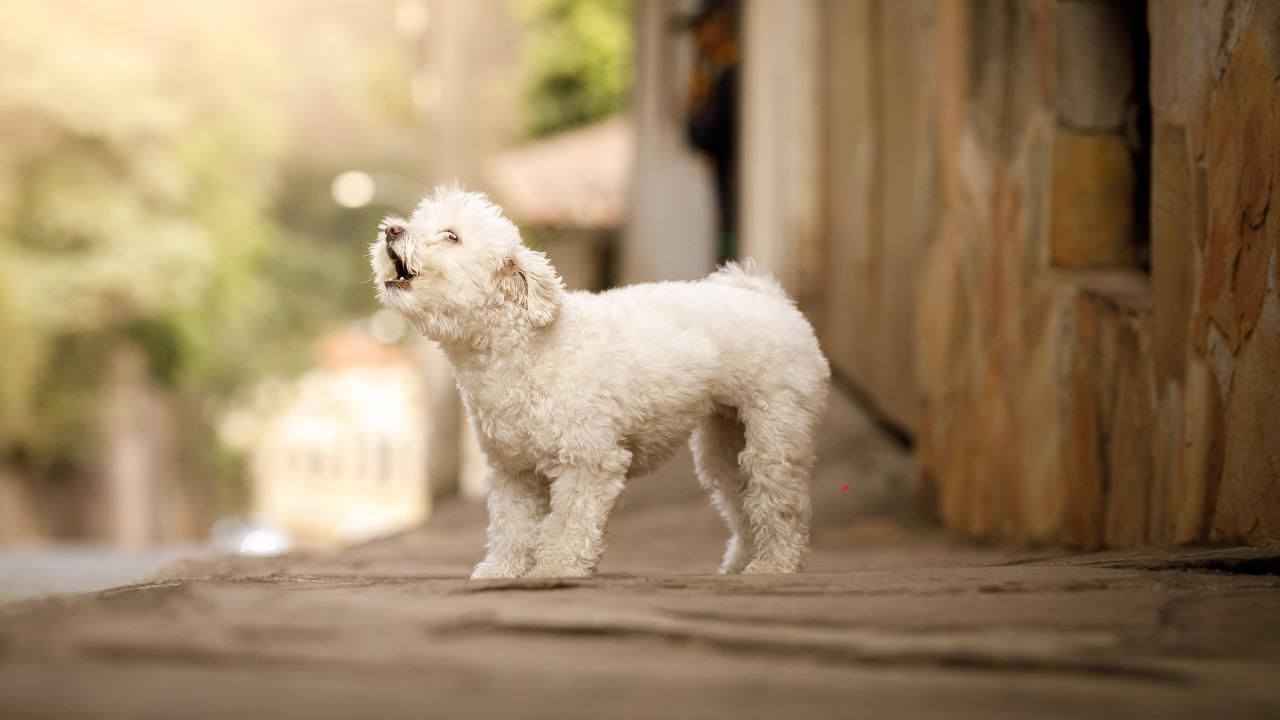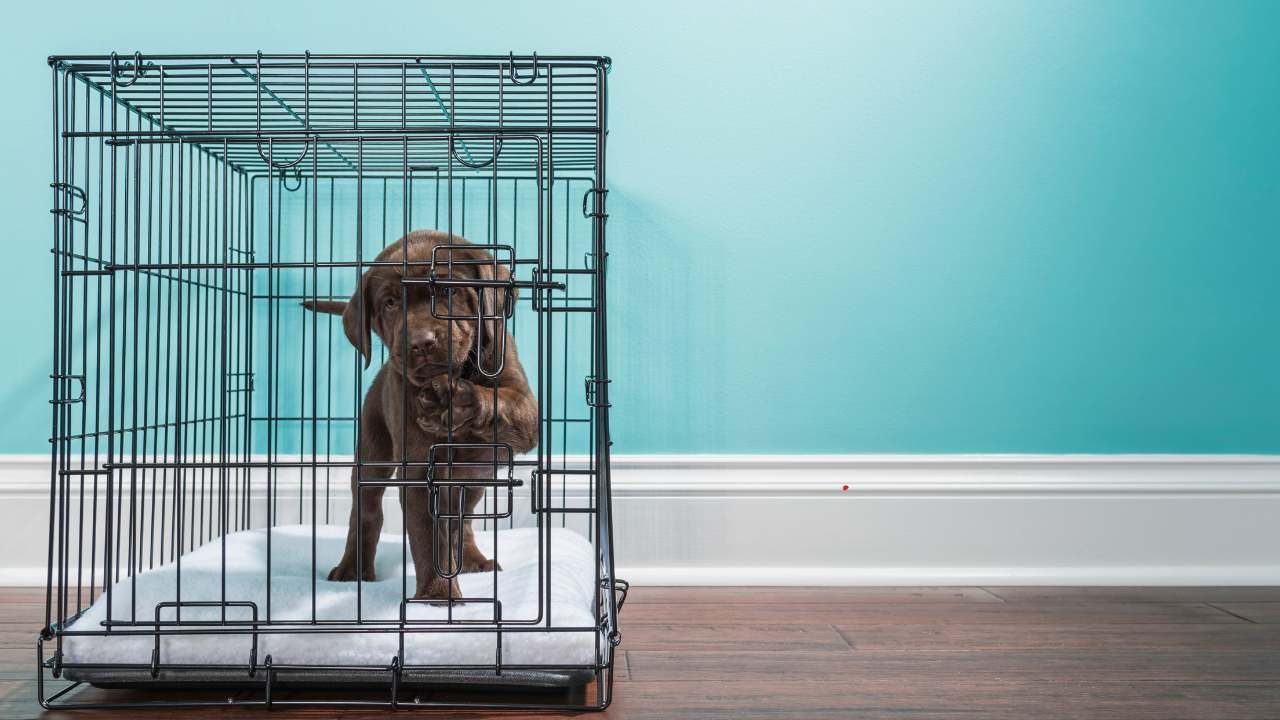The Importance of Early Training: Teaching Basic Commands
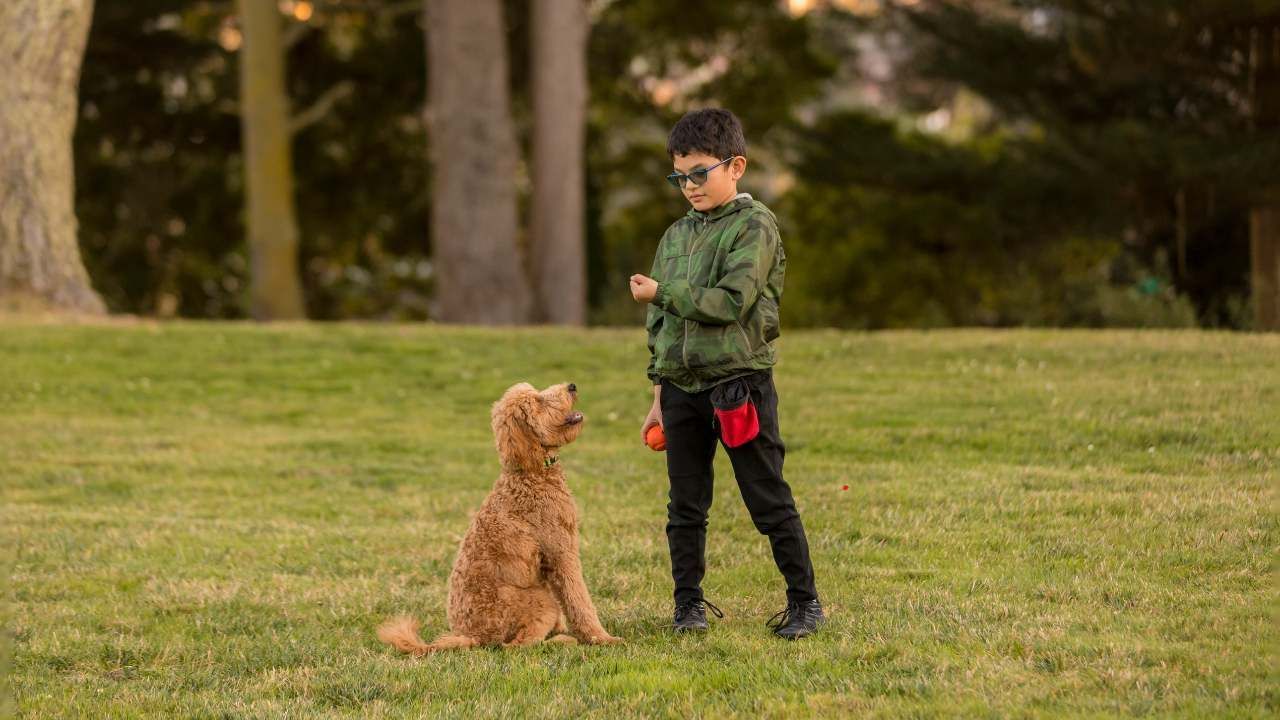
There’s nothing more exciting than bringing home a new puppy — their wiggly tails, endless curiosity, and goofy zoomies melt hearts instantly. But beneath all that cuteness lies a serious responsibility: setting the foundation for lifelong good behavior through early training.
In this post, we’ll walk through why starting basic command training early is so crucial, what skills to focus on first, and how it can strengthen your bond with your dog. Whether you have a tiny rescue or one of the popular golden doodles for sale in Arizona from Doodling Pups, LLC, these tips will help you raise a polite, happy companion.
Why Early Training Matters
Puppies are like little sponges, soaking up everything about their world during the first few months of life. This early period, sometimes called the socialization window, is when they’re most eager to learn and least afraid of new experiences. If you wait too long, undesirable behaviors can develop, and it becomes harder to change them.
Training early helps:
- Prevent bad habits before they start
- Build confidence and security
- Encourage a healthy relationship between you and your dog
- Create a safe environment for family, friends, and other pets
In short, a few minutes of daily practice now can spare you years of frustration later.
Start with These Basic Commands
When it comes to teaching your puppy, stick with simple, practical commands they can use every day. Here are the best building blocks to begin with:
- Sit: This is one of the easiest commands and helps teach patience.
- Down: Encourages calm behavior and is handy for controlling excitement.
- Stay: Helps your dog learn impulse control and wait politely.
- Come: Crucial for safety, especially outdoors.
- Leave it: Prevents accidents or eating something dangerous.
Keep training sessions short and fun — puppies have very brief attention spans! Reward with tiny treats, gentle praise, or a favorite toy, and always end on a positive note.
Patience, Consistency, and Positive Reinforcement
Consistency is the magic ingredient for successful training. Everyone in your household should use the same words and signals so your puppy doesn’t get confused. Positive reinforcement — rewarding good behavior instead of punishing mistakes — helps your dog feel secure and eager to work with you.
Here are some quick tips:
- Practice daily in short bursts (5–10 minutes)
- Use high-value rewards they love
- Ignore minor mistakes, then redirect
- Celebrate every small win
If frustration starts to creep in, take a break. Your dog feeds off your energy, so keeping sessions upbeat is key.
Case Study: Cooper the Golden Doodle
Take Cooper, a 4-month-old golden doodle adopted from Doodling Pups, LLC. Cooper’s family started training on day one, introducing “sit” and “come” with treats and gentle praise. Within two weeks, he responded to his name reliably and even learned “leave it” to avoid chewing shoes.
Thanks to consistent, positive practice, Cooper grew into a confident, friendly dog who could enjoy neighborhood walks without pulling or lunging. His early training made every part of life easier, from visiting the groomer to greeting guests calmly.
Early Training Sets a Lifetime Standard
Whether you have a lab, a shepherd, or any of the amazing breeds out there, starting basic command training early sets the tone for a lifetime of trust and teamwork. It prevents bad habits, supports a strong human-animal bond, and keeps everyone safe.
So, don’t wait until problems pop up — get ahead of them with early, positive training. Contact your local trainers or check out reputable dog breeders to find a pup eager to learn.

